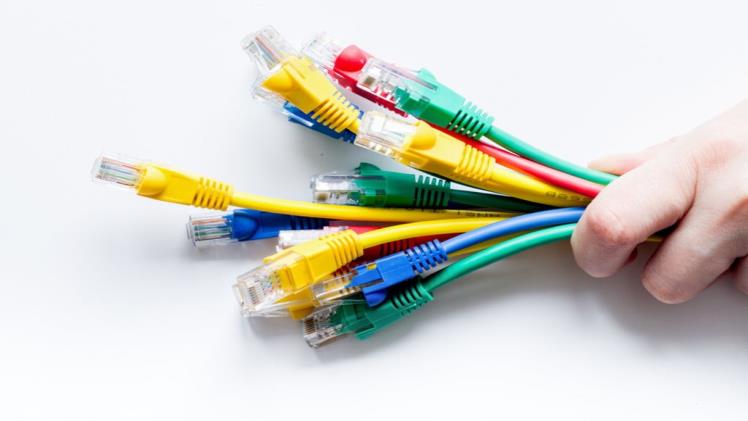Most users access the internet using wireless devices such as smartphones or laptops. These devices connect to the internet using Wi-Fi, which is a wireless signal broadcasted in your home. However, if you have been using the internet for a while or if you have a desktop computer that doesn’t use Wi-Fi, you might consider using an Ethernet cable. TongDa Ethernet cable is a wire that physically connects your computer to a router or modem. This cable may seem bulky or restrictive, but they can significantly improve the speed and stability of the internet. Here is the information you need to know about Ethernet cables, how they work, and the reasons they can be a convenient alternative to Wi-Fi.
What Is an Ethernet Cable?
An Ethernet cable is a type of network cable commonly used for wired computer networking. It is designed to connect devices, such as computers, routers, switches, and other network-enabled devices, to create a local area network (LAN) or connect to the internet. Ethernet cables utilize a specific set of standards known as Ethernet standards, which define the physical and electrical characteristics of the cable. These standards specify the maximum data transfer rates, cable lengths, and other parameters to ensure reliable and efficient data transmission.
The most commonly used Ethernet cable today is the twisted pair cable, specifically the Category 5e (Cat 5e) or Category 6 (Cat 6) cable. These cables consist of four pairs of twisted copper wires encased in a plastic sheath. The twisting of the wire pairs helps reduce electromagnetic interference and crosstalk, enabling faster and more reliable data transmission. Ethernet cables typically use the RJ-45 connector, which resembles a larger version of the telephone connector (RJ-11). The RJ-45 connector has eight pins that align with the eight wires inside the cable. When connected to a compatible network interface, such as a network card or a router, the Ethernet cable establishes a physical connection between the devices, allowing them to communicate and exchange data.
What Internet Speeds Can Ethernet Cable Reach ?
Tongda Ethernet cables support various speeds, with the most common being 10/100/1000 Mbps (megabits per second) for Cat 5e and 10/100/1000/10,000 Mbps for Cat 6. The maximum length of an Ethernet cable depends on the category and the transmission speed. For example, Cat 5e cables can typically reach up to 100 meters (328 feet) in length for 1 Gbps (gigabit per second) speeds. The reason for using an Ethernet cable is that wireless connections are not foolproof. You may have noticed that your Wi-Fi can experience interruptions or damage due to certain sources of interference. It can be related to the distance between you and the network, interfering objects like brick walls, objects disrupting your connection speed, and many other issues.
Ethernet cables give you a guaranteed connection to the network (unless there is an internal problem with the cabling). Some people swear that a direct connection gives them a faster and more reliable experience. It also provides a useful backup option when Wi-Fi goes down. Some networks give you the option of connecting wirelessly or via an Ethernet cable. This cable is required for other networks, such as a local area network (LAN), if you want to access the router.
Want to take it a step further? You can even use Category 7, which is a fully shielded cable that offers the same speed as Cat6 but with higher bandwidth. Design-wise, they are the thickest of all the categories, and are harder to build. Both Cat6a and Cat7 need to be grounded to avoid performance loss making them no better than Cat6. No matter which Ethernet cable you choose, it’s important to remember that you have a network card and router that are compatible with that cable. The cable is only one part of the system and it must match all existing elements. Contact TongDa for get advice from our professionals to see which one is best for you.


